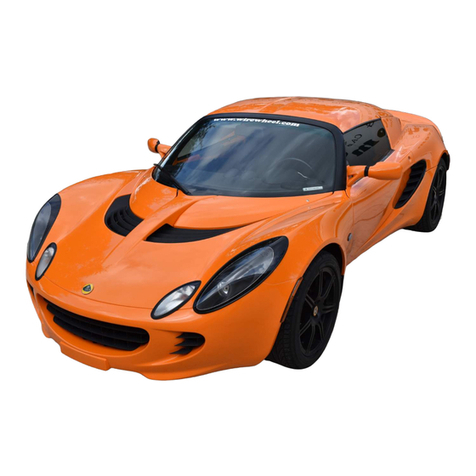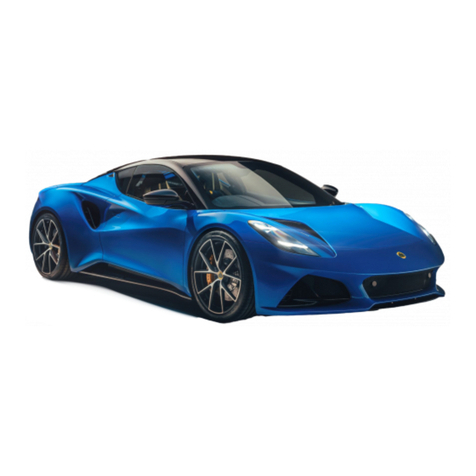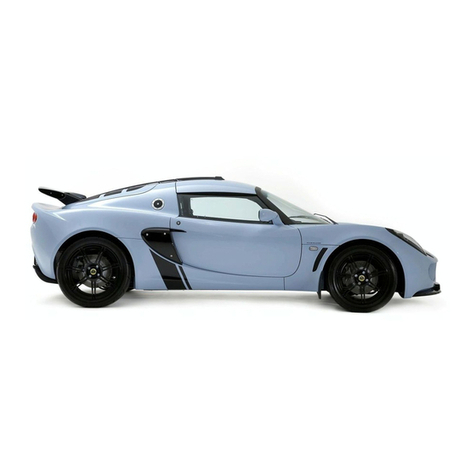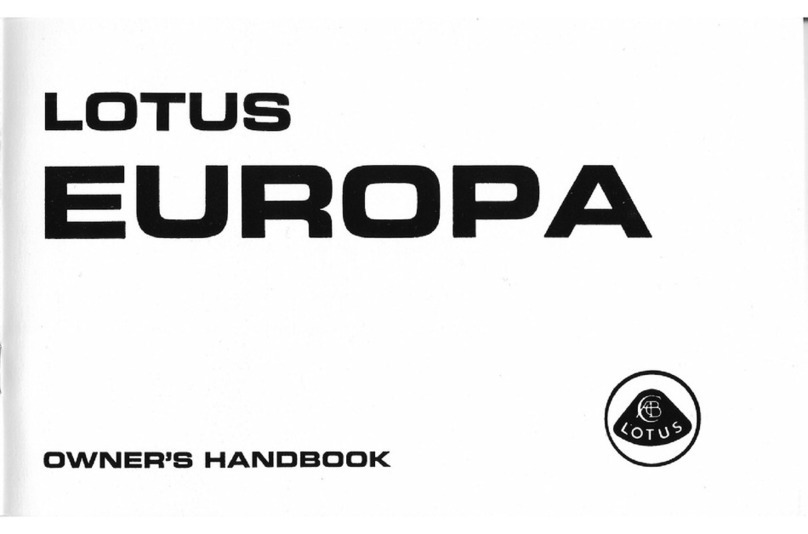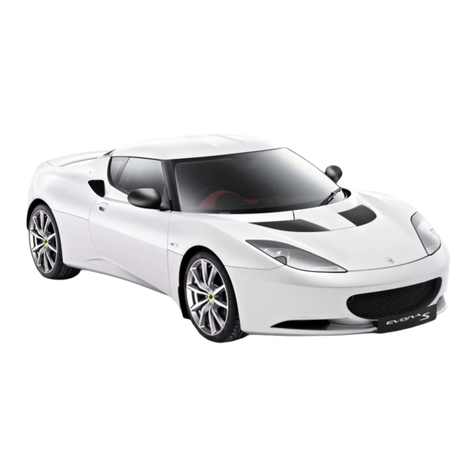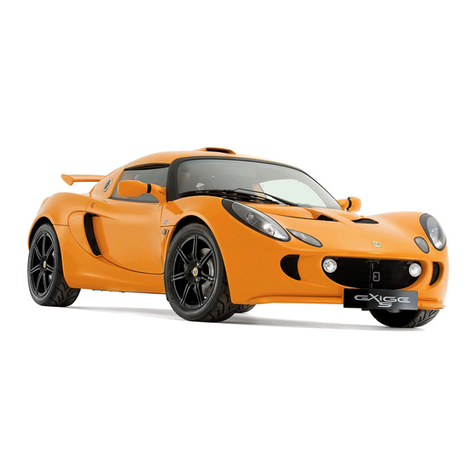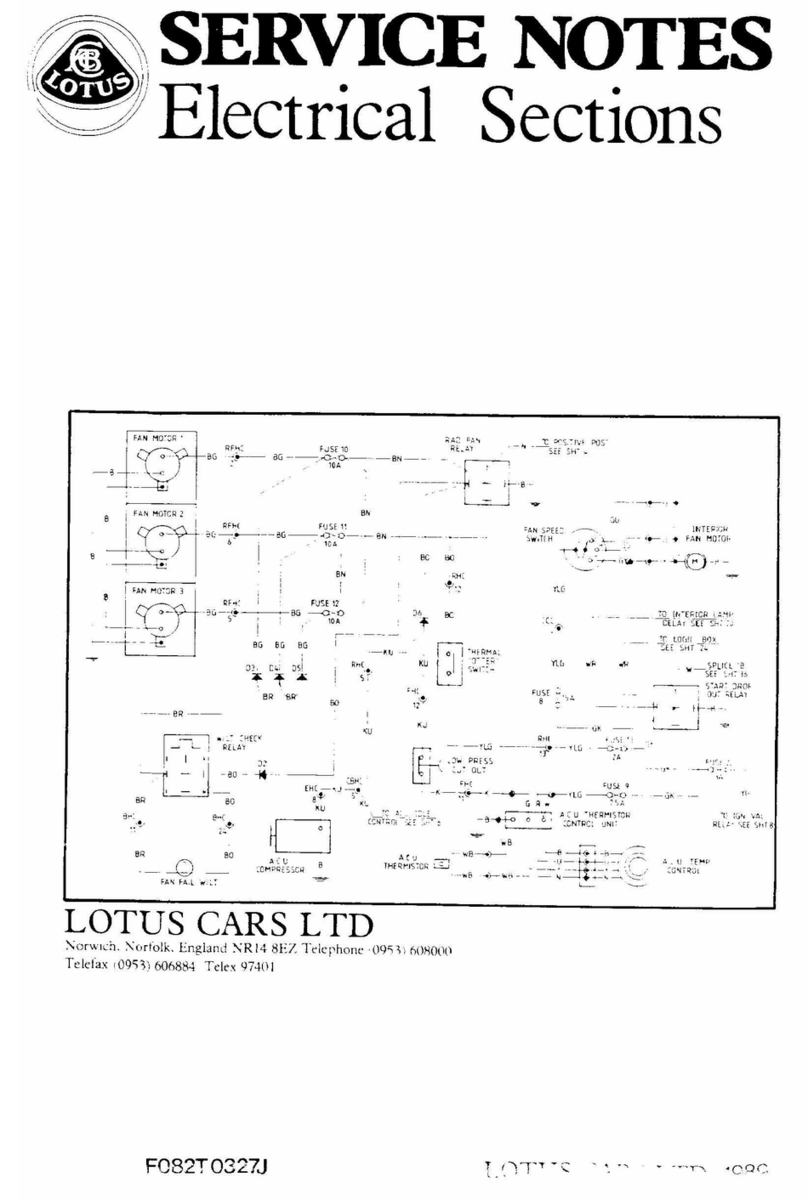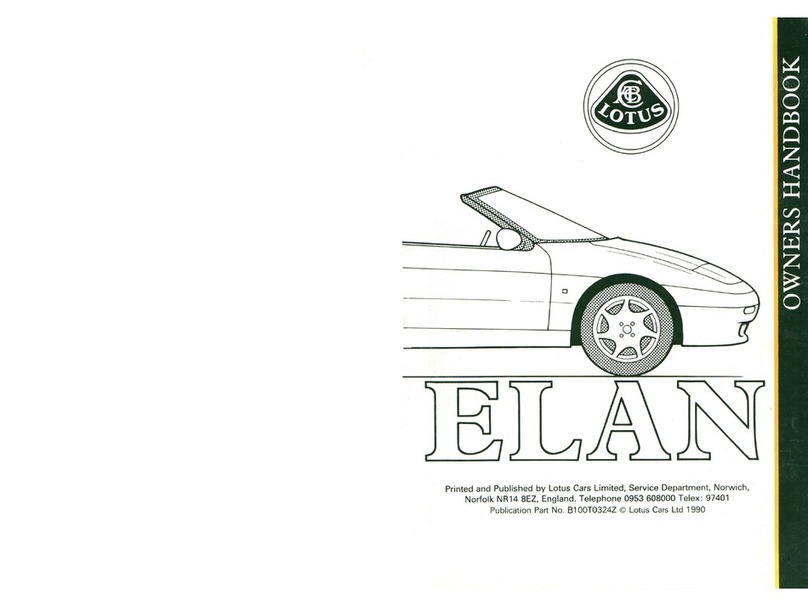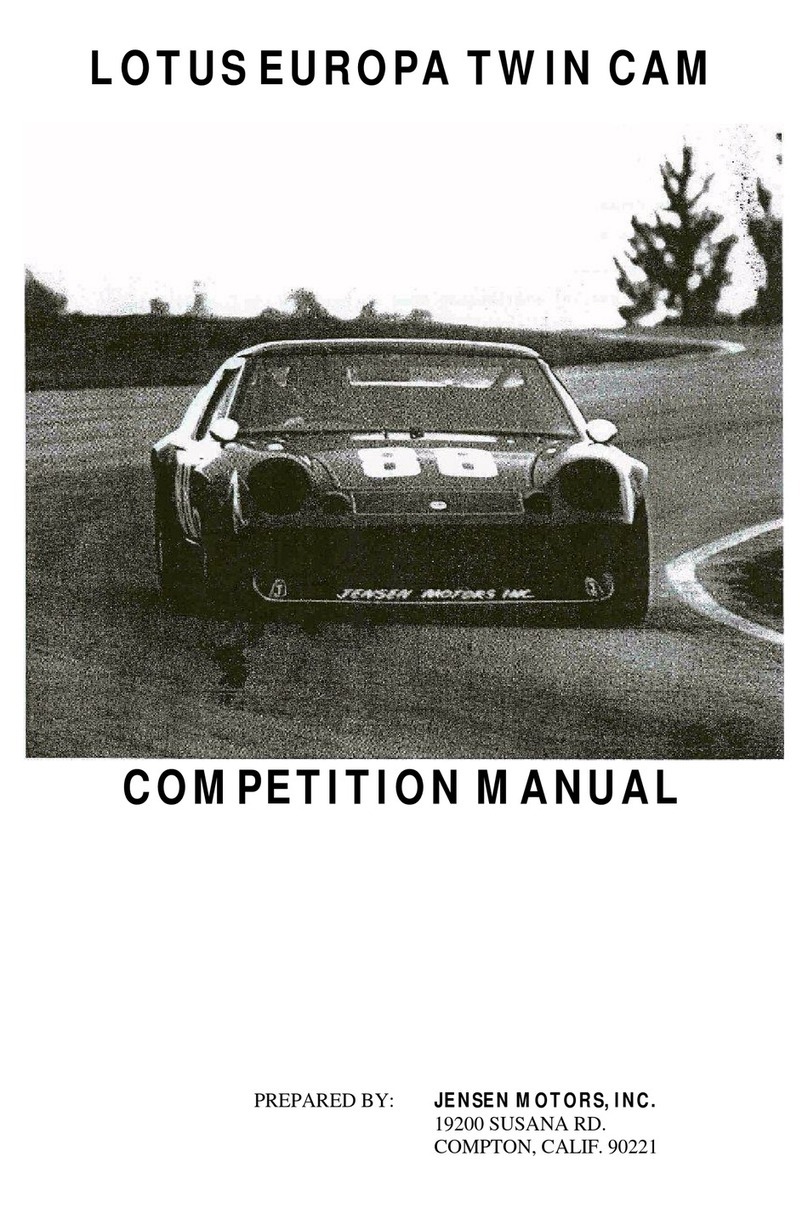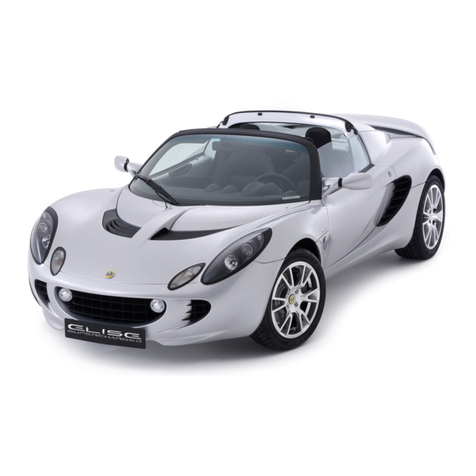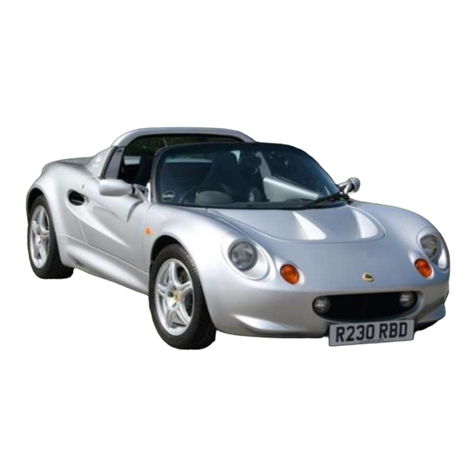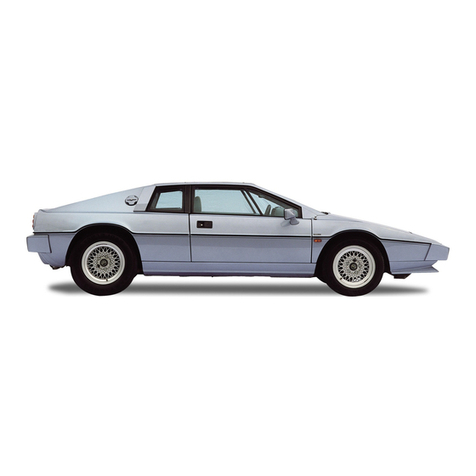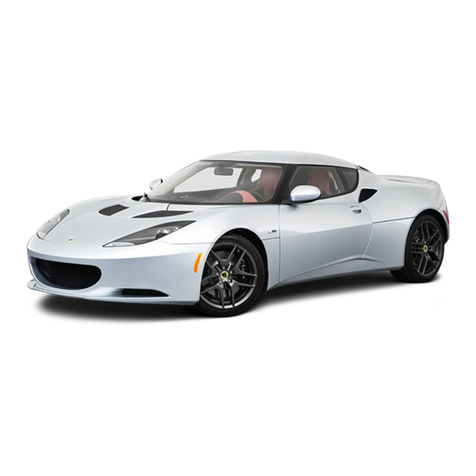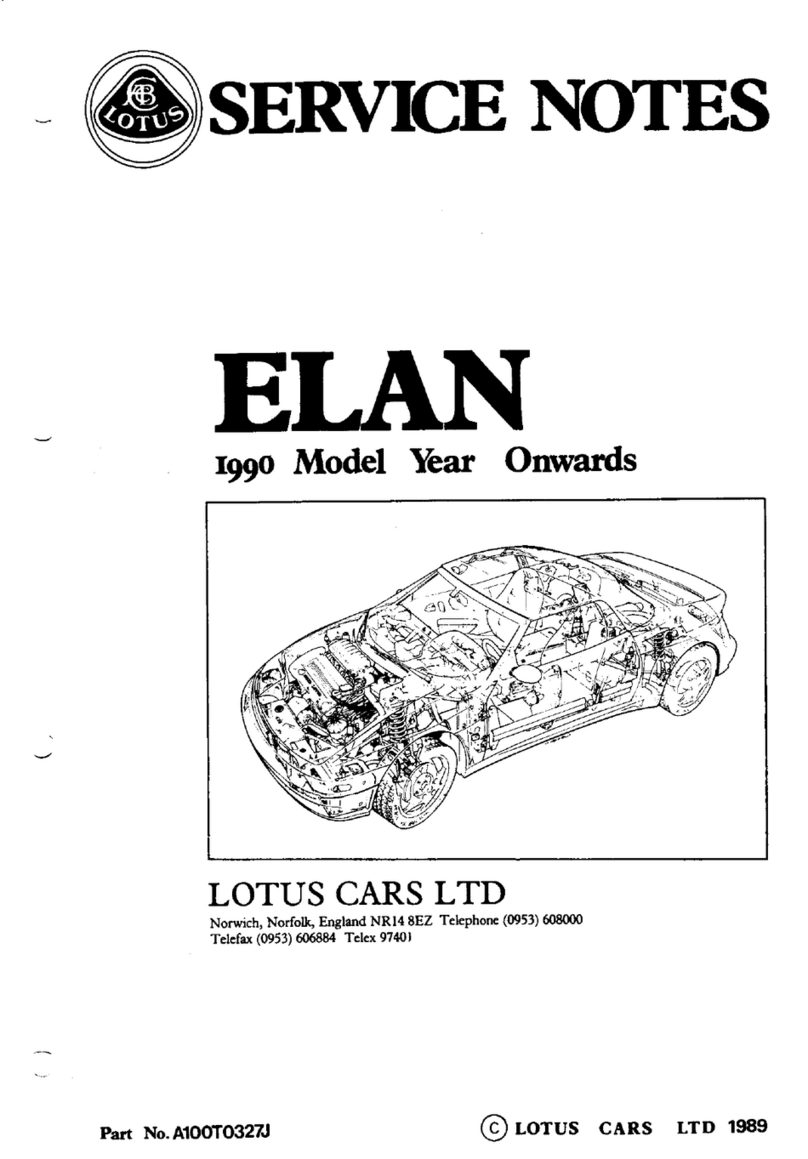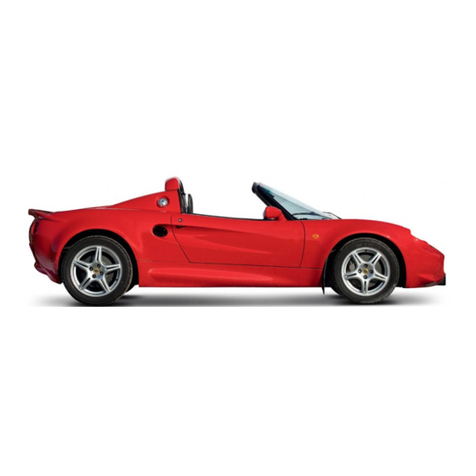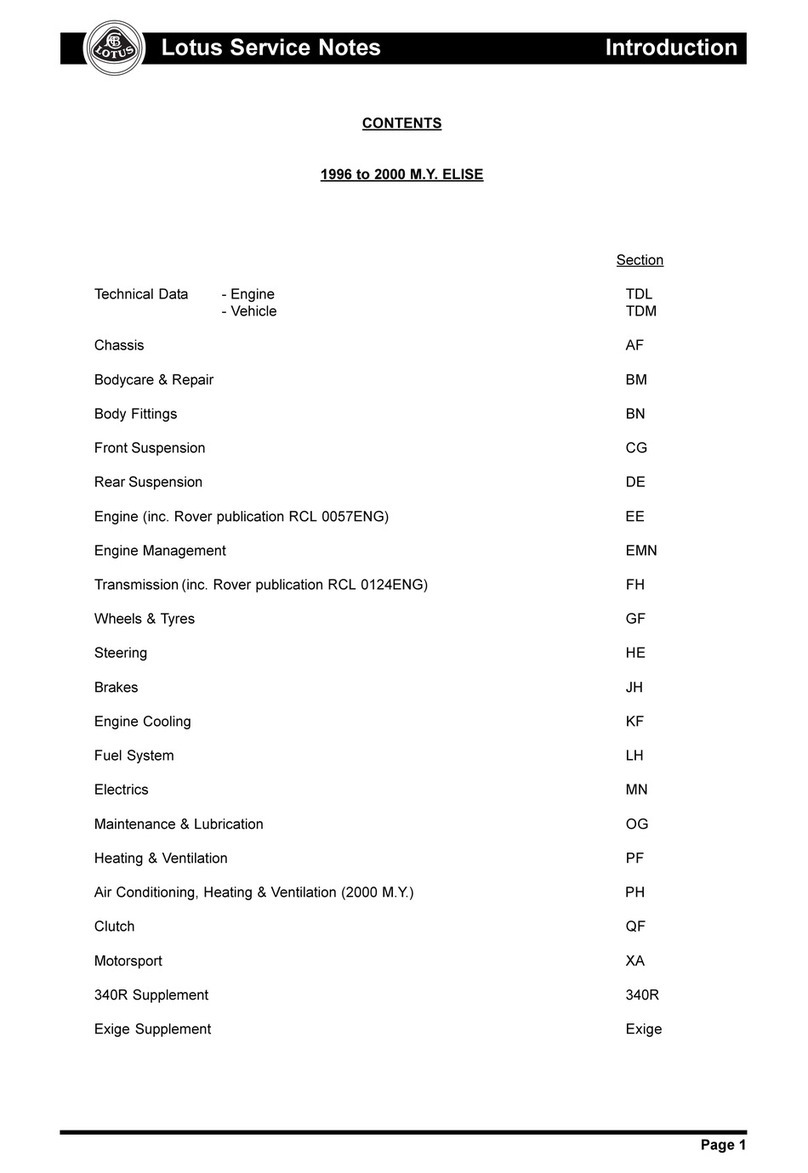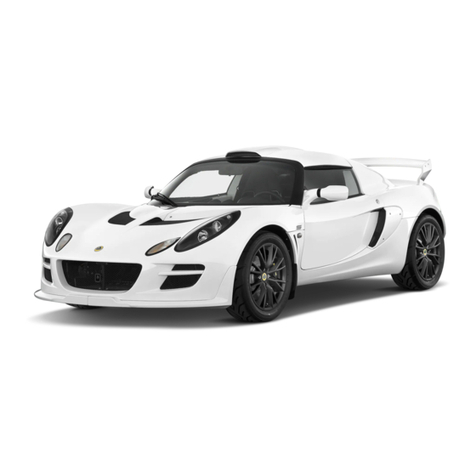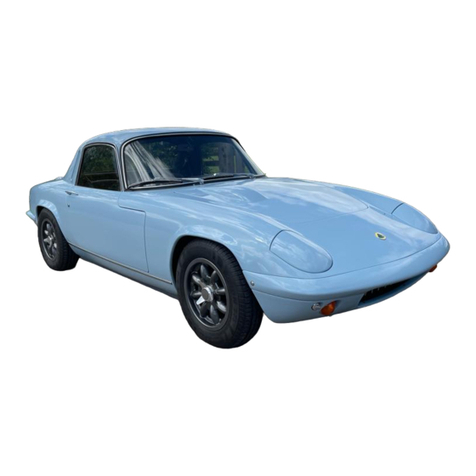
Taking
Control
Reference numbers used throughout this book relate
to
controls, instruments, etc.
shown
in
the drawings of the Control Console and Tunnel Top, and listed in the
Key
to
these drawings.
Doors
To
open either door from the outside, use
the
key
to
unlock, and lift flap. To open
from
the inside, unlock by moving the smaller flap away from the larger flap, and
lift the larger flap. To lock from the inside, move the smaller flap so
that
it
is
in
contact with the larger flap.
Each
door can
be
locked from the inside, and unlocked from the outside, and
vice
versa.
The doors
will
open freely up
to
the check position. Further: pressure actuates
the
check link, which
will
normally hold the
door
open.
Window,Operating Switches (29)
The door windows are controlled by the switches located
on
the centre tunnel
behind the gear
lever-
left-hand switch for left-hand window, and right-hand
switch for right-hand
window-
the
switches being energised only with
the
ignition
key
in
either position I or
II.
Press switch
front
to
lower the window, and press rear
to
raise
the window, releasing the switch when the window reaches the position
required, or its limit
in
either the lower or upper position.
If
difficulty
is
experienced in lowering
or
raising
1the
windows
in
extreme cold
conditions, this can be remedied by using a de-icmg fluid around the window seals.
DO
NOT
use
radiator anti-freeze solutions
as
these could have disastrous effects
on
the window seals and body finish.
WARNING~
DO
NOT
leave small children unattended in the car when
the
ignition
key
is
in
position. Careless window operation could be dangerous.
Seats
The
seats are adjustable forward and backward by pushing the adjusting lever which
is
situated
to
the lower right of each seat. After adjustment, ensure catch
is
re-engaged
Seat
Belts
Reel
Type lap and diagonal seat belts are fitted. A warning light
(28}
is
illuminated
when
the ignition
is
'on'
and the driver's belt
is
not
fastened
..
(Federal only)
The
belts are released by pressing
the
button
at
the
rear
of
the
lock.
Safety Note:
DO
NOT
attempt
to
adjust
the
seat belt tension by altering
the
mechanism,
If
any adjustment
is
required, this should be carried
out
by a Lotus
Dealer.
5
